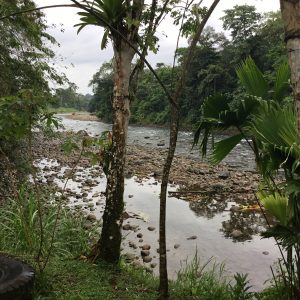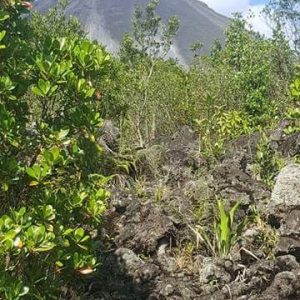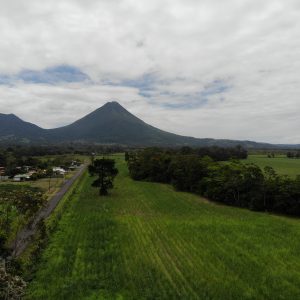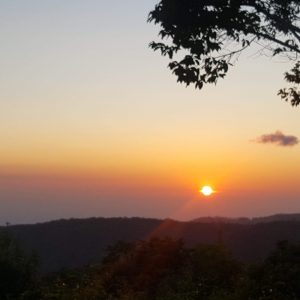Today Students from CSUCI and La Una came together to perform field work in one of five different groups. The groups focused on conducting field work and data collection pertaining to mangroves, Microplastics, Crocs and tourism, vegetative curtain and turtles, and birds. Each group had specific tasks to complete that would provide important data for ongoing environmental and social projects.
 Mangroves-
Mangroves-
Field work in the mangroves focused on addressing whether differences in productivity and regeneration are occurring in costal habitats impacted by development. Measurements taken to document these impacts included stem density, basal area, percent cover, and belt transacts (measuring woody debris/propagules, seeds lungs, saplings and suckers).
- Kaitlyn ODea a ESRM major said “ The mangrove work is especially important in establishing data that can help land managers in restoration projects, mangroves are also great ecosystem health indicators. We were posed with the question of why “Mangroves are an emotional place “. I think its the history contained within the mangrove forest itself, they are some of the oldest growth forest on the planet and have withstood many changes.
- Jerry’s Joke of the day -What did the meter stick say to the transact tape ? Don’t cross me.
 Micro-plastics
Micro-plastics
This field work consisted of visiting Tamarindo Beach , Playa Cangosta and Playa Grande to collect fish, sand crabs , organism sand and water to determine the amount of micro plastics contained within them. The collected data will be used to help identify the amount of micro plastics present across marine ecosystems and whether they are negatively impacting these ecosystems.
- Brittany a BIO major said “ Microplastics present in seafood may also negatively impact humans.”
Vegetative Curtain / Turtles
This field work consisted of documenting vegetation cover to understand ow much light pollution reaches the beaches and affects turtle breeding patterns. To do this students documented the vegetation cover from 1 ( no vegetation cover ) to 3 (was lots of vegetation) using numbered posts every 50 meters.
- James French a BIO major said “ it was interesting because there was a lot of development on the beach in areas tat were supposed to be protected . There ere also lots of areas where light from developed areas easily reached the beach and had the ability to affect turtles behavior.
- Chelsea Narajos a Sociology major said that “ This is important because the beach is well known for the breeding of leatherback sea turtles ad this pollution has impacted them.”
Crocodiles and Tourism This field work consisted of conducting surveys targeting visitors/tourist in Playa Grande on their knowledge about local crocodiles and conservation efforts. Students concluded that most were unaware or knew very little.
- Julianna DaSilva a ESRM major said “ It was funny, most said they supported “efforts” to protect wildlife but knew nothing about what they thought should be protected.”
 Birds
Birds
This field work consisted of bird point counts it is important in understanding the biodiversity, habitat characteristics and environmental health of an ecosystem. It is not only important to calculate species richness ( the number of different species in a ecological community)is it equally important to count species evenness ( how close in numbers each species in an environment is )
- Lee Vella a ESRM major said “ If bids leave the area the amount of other wildlife would leave as well, this is counter intuitive to what a individual may think. In other words birds contribute to the connectivity, overall biodiversity and habitat quality of an ecosystem.





Leave a Reply